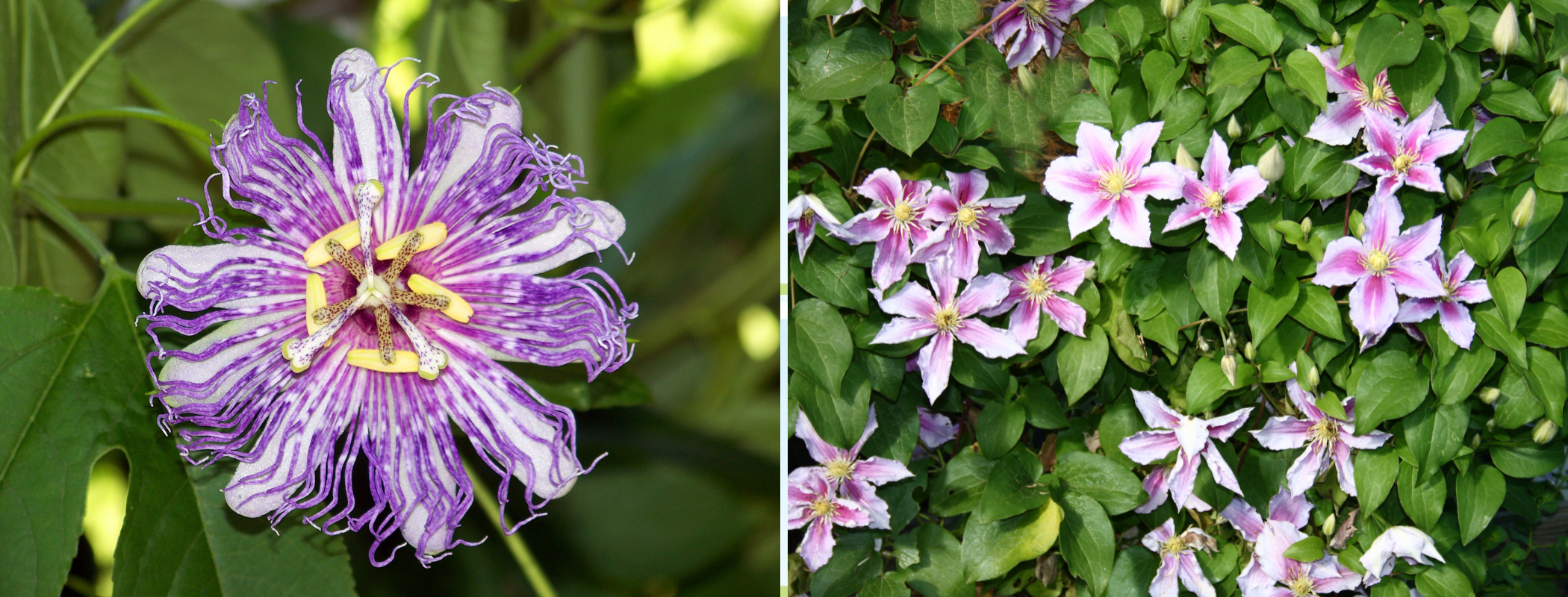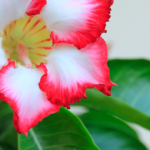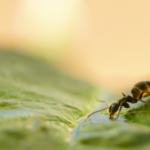Passion flower and clematis are both vibrant, quick-growing flowering vines. Because they are so beautiful, it’s understandable to want to plant them together at the base of a trellis or post. But is that a good idea? Can you grow passion flower and clematis together, or will they struggle to thrive?
While you technically can grow passion flower and clematis close together, successfully doing so requires careful management and upkeep. Passion flower can easily take over a large area quickly, stealing water, light, and nutrients from any plants nearby. Because of this, it’s easier for passion flower and clematis to thrive if they are planted in separate areas.
Keep reading to learn more about why passion flower and clematis can struggle to coexist successfully and how to keep them both healthy if you decide to plant them close together.
Why Passion Flower And Clematis Do Best With Their Own Space
Passion flower and clematis both love to climb. If you only have one trellis in your yard, you might hope to plant as many vines near it as possible so you can have an abundance of flowers. However, planting your passion flower and clematis together can cause your clematis to suffer.
Passion flower is an extremely quick-growing plant. In fact, it’s actually considered an invasive plant in many regions. Within a matter of months, it can take over an entire area.
This makes it very easy to care for—making it an ideal plant for those who don’t want to spend all their time trying to keep plants alive—but it also means it can easily choke out any other plants nearby. Clematis, which isn’t nearly as hardy, will have a difficult time receiving the water and nutrients it needs to thrive when planted near passion flower.
How You Can Help Your Passion Flower And Clematis Grow Well Together
Fortunately, if you do decide to plant your passion flower and clematis close to one another, there are steps you can take to help them coexist.
One of the most important things you can do is provide plenty of water and fertilization. Because the passion flower will steal much of the water and nutrients from the clematis, you’ll need to make sure you water and fertilize the plants more than normal. This will give the clematis a fighting chance at receiving what it needs.
In addition to increasing your water and fertilization inputs, you’ll also need to carefully manage the growth of your passion flower. Left to its own devices, it will take up all the space on the trellis and choke out the clematis. By regularly pruning it, however, you can make room for your clematis to grow.
Final Thoughts
In most cases, passion flower and clematis grow best when they aren’t planted close to one another. This is especially true if you don’t want to spend valuable time constantly pruning your passion flower. However, if you are willing to put in a little extra effort to manage them properly, the two plants can coexist in the same area, providing you with an abundance of flowers all summer long.



